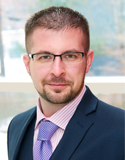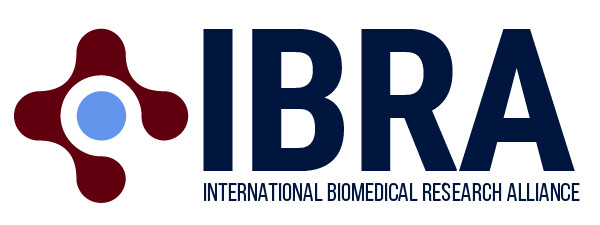Former Scholar Featured in Nature

Paul Tesar – a former NIH-Oxford-Cambridge Scholar was featured in Nature discussing how having two mentors can lead to breakthrough research.
The article below is posted online with the permission of Nature Publishing Group. The original article can be found here.
Turning point: Paul Tesar
By Virginia Gewin
Nature 522, 381 (2015) doi:10.1038/nj7556-381a
- Published online 17 June 2015
This article was originaly published in the journal Nature
Paul Tesar discovered a new type of mouse stem cell in 2007 and published his discovery in Nature as a graduate student at the University of Oxford, UK. The paper launched him rapidly to a professorship at Case Western Reserve University (CWRU) in Cleveland, Ohio, where he continues to drive the field forward.
How did your graduate experience shape your career pursuits?
I was part of a joint programme — the US National Institutes of Health (NIH) Oxford–Cambridge Scholars Program — and split my time working with NIH human-stem-cell biologist Ron McKay and Oxford mouse embryologist Richard Gardner. I had a great deal of independence from day one. My first publication was a solo-authored paper in theProceedings of the National Academies of Science ( Proc. Natl Acad. Sci. USA 102, 8239–8244; 2005) — a feat almost unheard of today.
How crucial was the fellowship to your stem-cell discovery?
I didn’t set out to discover another pluripotent state. But my ‘eureka’ moment came when I derived mouse embryonic stem cells with similar characteristics to human ones, including the ability to differentiate into all other tissue types, known as pluripotency ( et al. Nature 448, 196–199; 2007). It took a while to prove that there was more than one pluripotent state, but that paper triggered a frame shift in the field. Epiblast stem cells would have been discovered anyway, but drawing the NIH and Oxford research together put that revelation in our hands. So strongly do I feel that dual mentoring arrangements are fruitful, that I encourage my students to find mentors with different skill sets.
What happened after the epiblast publication?
I was looking for my next position and wanted to maintain my level of independence. I also wanted to go back to Cleveland someday, and the CWRU — where I earned my bachelor’s in biology — encouraged me to return. After I explained my goals, they created a one-off position that gave me a few years of funding and my own independent lab straight away. Things went better than I could have hoped. I hired good people and published some strong papers. The next year, at 28 years old, I applied for a faculty position. It was a whirlwind experience.
How did you maintain momentum?
In 2010, I was named a New York Stem Cell Foundation Robertson Investigator, which gave me US$1.5 million in innovation funding. That was enough to grow my lab from 3 to 12 members and to drive our research into unexplored areas. It was such a new field that I was able to rapidly address some major questions.
Is stem-cell biology entering a ‘golden age’?
People have expected much from this promising field; it is time to deliver. Stem-cell transplantations are feasible and will continue to advance — and we are learning how to control stem-cell populations to perform specific functions. For example, recently, we screened for drugs that can stimulate the generation of a brain-cell type that is typically lost in diseases such as multiple sclerosis. There has been a huge uptick in the number of stem-cell-based trials, and the results of those will guide the future.
Do you do much work at the bench?
I would love to, but I spend most of my time writing grant proposals and renewals, progress reports and paper reviews. Unfortunately, I am really there only during the holidays after I have sent everyone home. They trust me enough to grow cells.
What is the best career advice that you have given or received?
They are one and the same: maintain work–life balance. The 24–7 culture of always answering e-mail and working through the night is counterproductive. I tell my students that working 12–15 hours a day does not equal a Nature paper; being smart about which experiments you pick will get you high-profile publications. When people are happy and stress-free, they can be creative and explore new areas.
